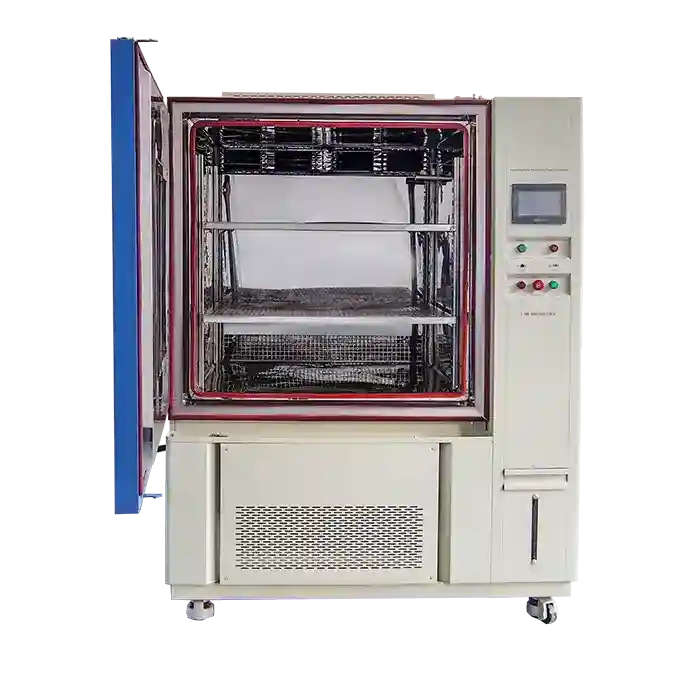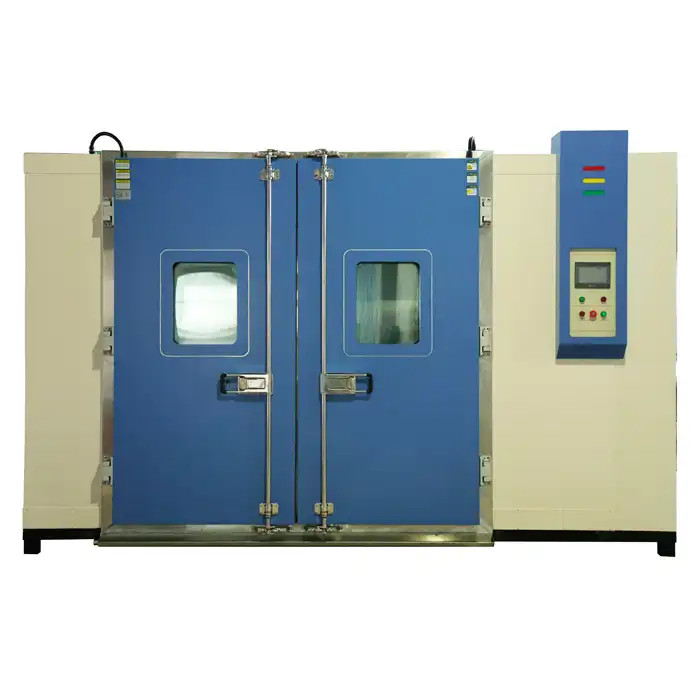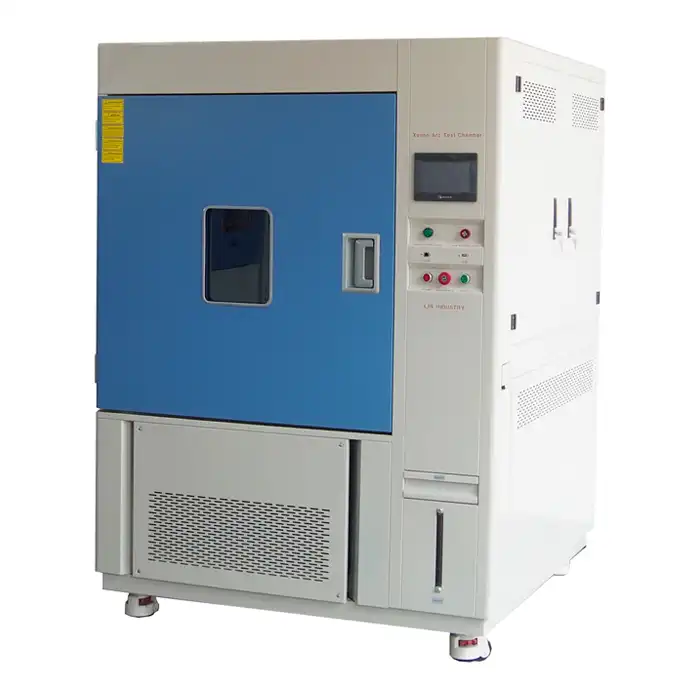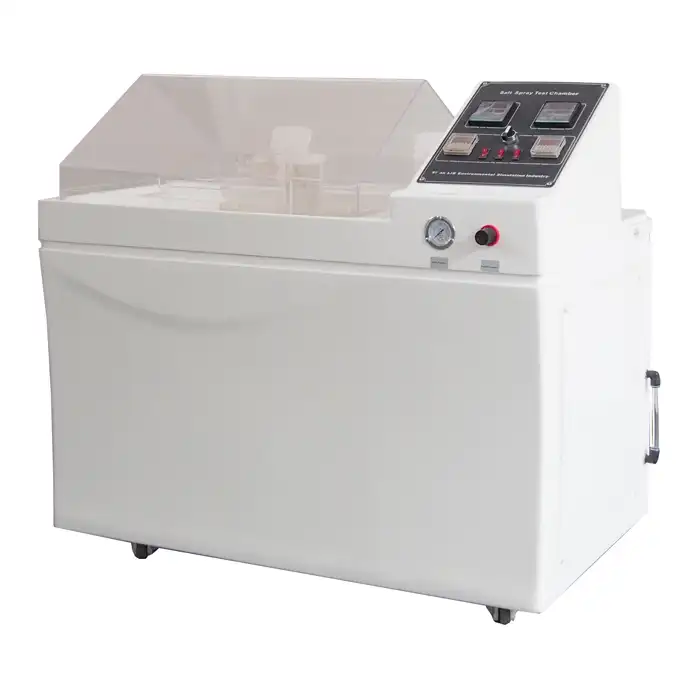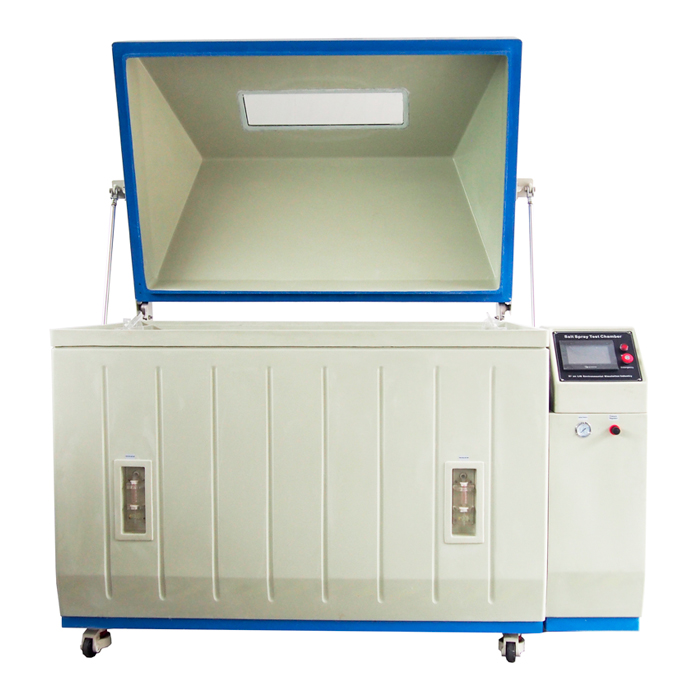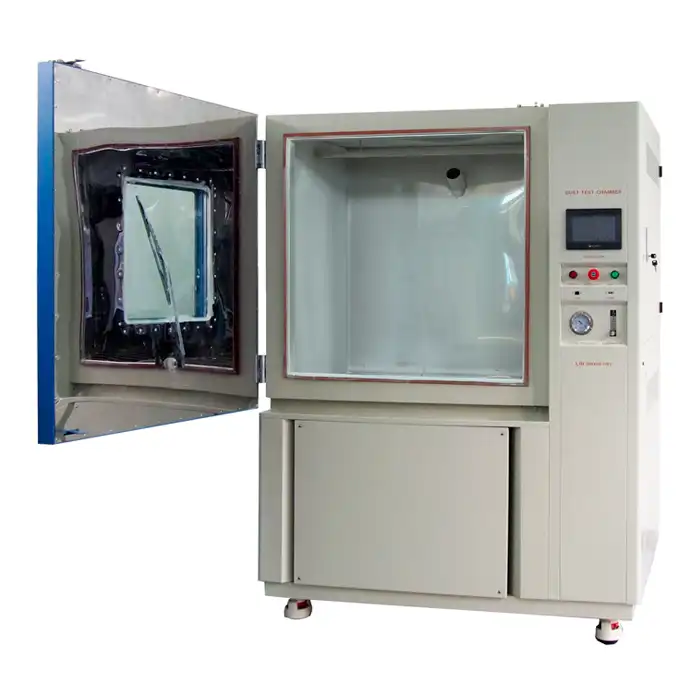The Role of Salt Fog Test Cabinets in Ensuring Automotive Component Durability
Corrosion is one of the biggest challenges in the automotive industry, affecting vehicle safety, performance, and longevity. To combat this, manufacturers rely on salt fog test cabinets to simulate harsh environmental conditions and assess component durability. Understanding their role can help businesses improve product reliability and customer satisfaction.
The Importance of Corrosion Testing in Automotive Manufacturing
Automotive components are constantly exposed to moisture, road salt, and extreme weather conditions. Without proper corrosion resistance, metal parts can weaken, leading to structural failures and costly repairs. Corrosion testing helps manufacturers identify vulnerabilities early, ensuring vehicles remain safe and durable throughout their lifespan.
How Salt Fog Test Cabinets Simulate Real-World Environmental Conditions?
Salt fog test cabinets create a controlled environment where metal and coated components undergo accelerated corrosion testing. These chambers generate a fine mist of saltwater, mimicking the conditions vehicles face in coastal regions, winter roads, and industrial areas. By exposing parts to salt spray over hours or days, manufacturers can predict long-term durability and optimize materials for better resistance.
Key Automotive Components That Require Salt Fog Testing
Certain vehicle parts are more susceptible to corrosion than others. Testing these components ensures they meet industry standards and perform reliably over time.
- Chassis and underbody components: Constant exposure to road salt and moisture makes these parts prone to rust.
- Brake systems: Corrosion can compromise braking efficiency, leading to safety hazards.
- Fasteners and connectors: Bolts, screws, and electrical connectors must resist corrosion to maintain structural integrity and electrical conductivity.
- Exhaust systems: Exposure to extreme temperatures and moisture accelerates rust formation, affecting vehicle emissions.
- Coated and painted surfaces: Protective coatings must be tested to ensure they withstand harsh environments without peeling or degrading.
How to Use Salt Spray Test Cabinet to Conduct Salt Spray Test on Automobile Parts?
Using a salt fog test cabinet correctly is essential for obtaining accurate and reliable results. Here's a step-by-step breakdown:
- Prepare the test specimens: Clean and dry the automotive parts before placing them in the chamber. Any contaminants can affect test accuracy.
- Set up the test parameters: Adjust the chamber's temperature, humidity, and salt concentration according to industry standards such as ASTM B117.
- Initiate the salt fog cycle: The chamber disperses a fine mist of saline solution, exposing the parts to a corrosive environment for a specified duration, typically 24 to 1,000 hours.
- Monitor and document results: Check for corrosion development at regular intervals, noting any rust formation or coating degradation.
- Analyze and optimize: Based on the test results, manufacturers can adjust materials, coatings, or designs to improve corrosion resistance.
For example, a study on zinc-coated steel fasteners showed that increasing coating thickness by 20% extended corrosion resistance by up to 500 hours in a salt fog test. This type of data helps manufacturers make informed decisions about material selection.
LIB Salt Spray Test Cabinet
LIB Industry provides high-quality salt spray test cabinets designed for accurate and repeatable corrosion testing. Our chambers offer:
- Precision control: Adjustable temperature and humidity settings ensure compliance with global testing standards.
- Uniform salt fog distribution: Optimized nozzle systems create a consistent test environment, reducing result variability.
- Durable construction: Corrosion-resistant materials extend the chamber's lifespan, making it a reliable investment.
- User-friendly operation: Intuitive controls and automated settings simplify the testing process.
With LIB's salt fog test cabinets, automotive manufacturers can enhance product quality, reduce warranty claims, and improve customer trust. For high-performance salt fog test cabinets, trust LIB Industry. Our advanced testing solutions help manufacturers ensure durability and compliance with global standards. Contact us at ellen@lib-industry.com to find the right chamber for your needs.
References
1. ASTM International. "ASTM B117: Standard Practice for Operating Salt Spray (Fog) Apparatus."
2. Automotive Engineering Journal. "The Impact of Corrosion on Vehicle Safety and Performance."
3. Materials Science Research. "Advancements in Anti-Corrosion Coatings for Automotive Applications."
4. Society of Automotive Engineers (SAE). "Corrosion Testing Methods for Automotive Components."



